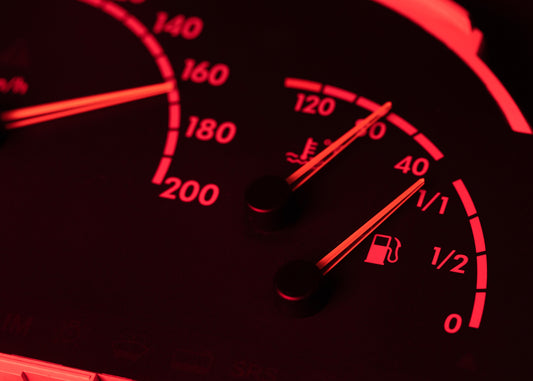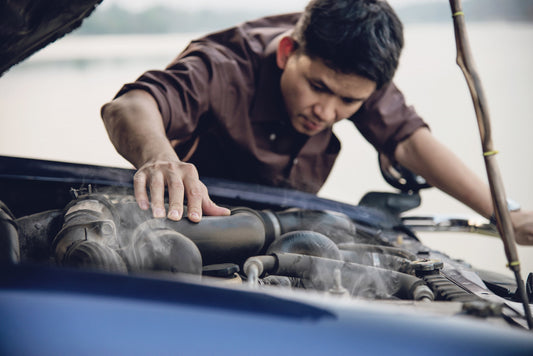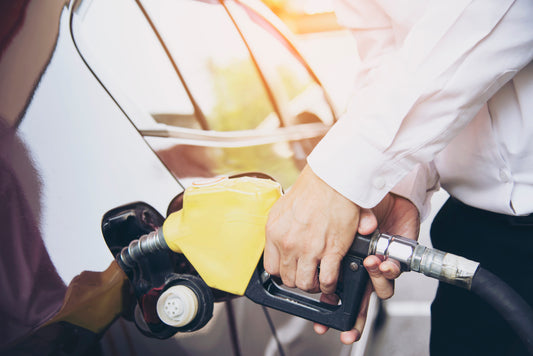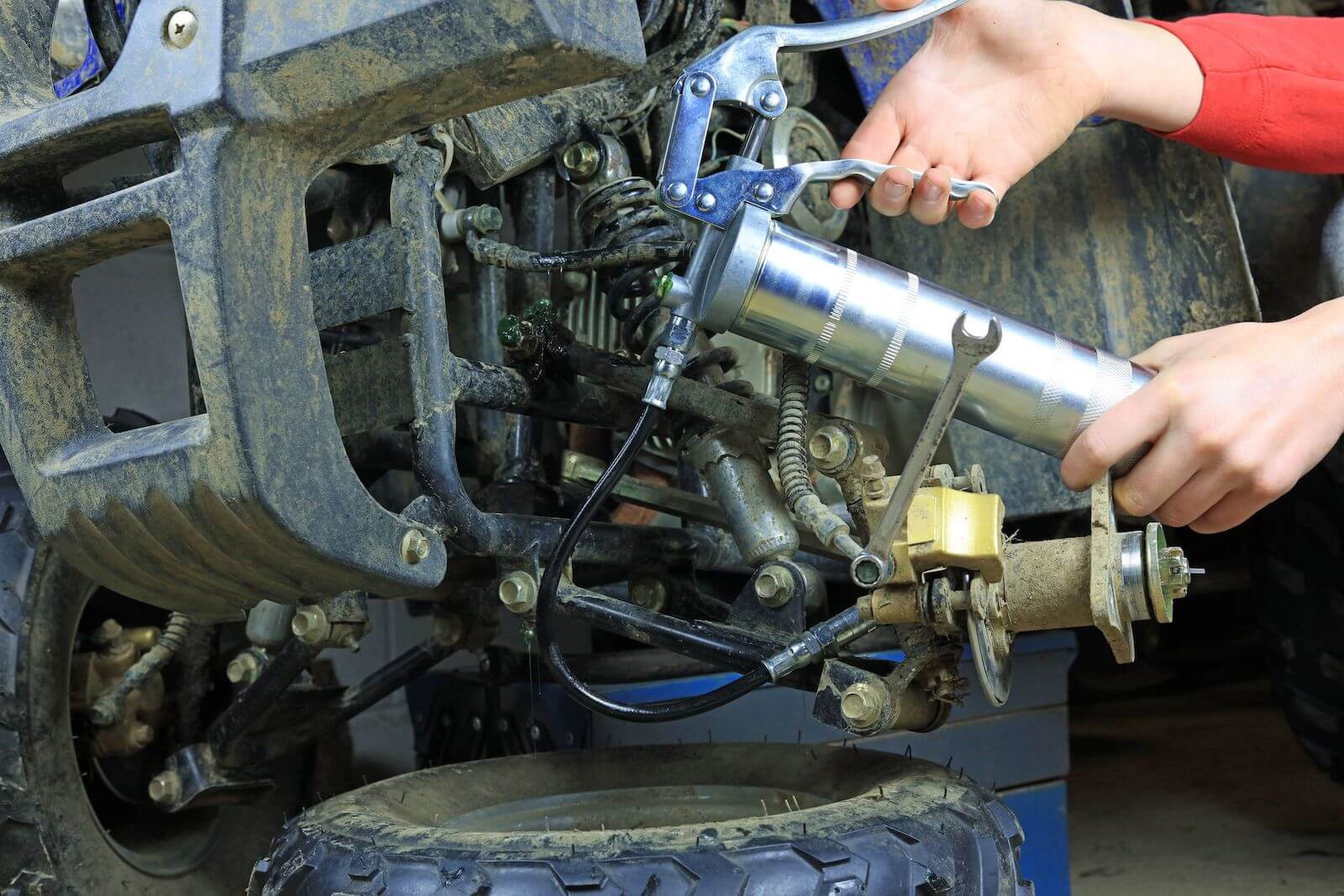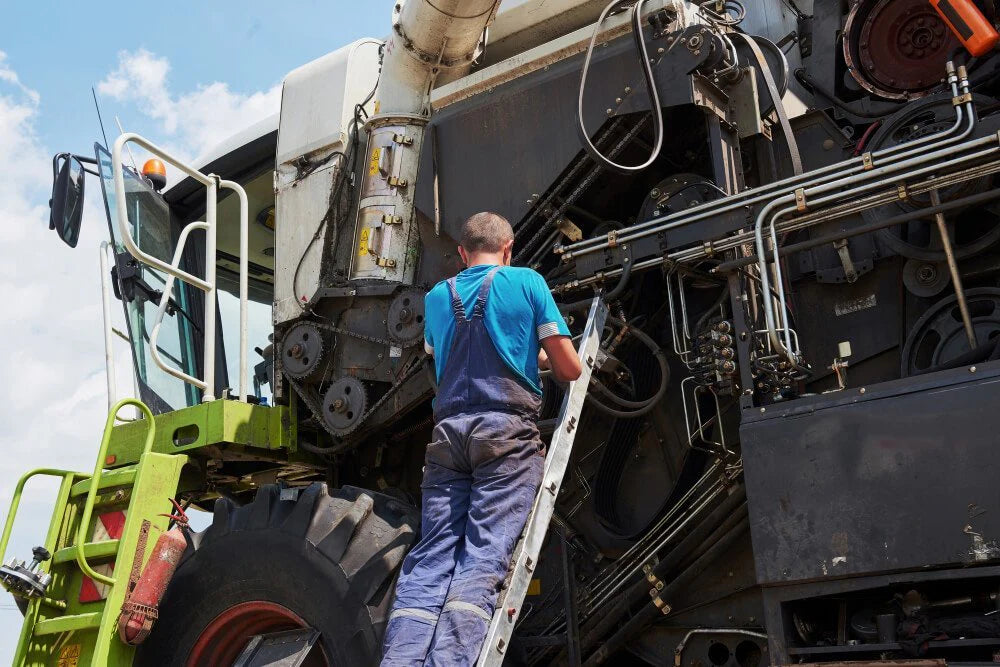Grease gun differences are marked by a grease gun’s design and its specific use. By knowing these individual differences, it will make it easier for you to choose a grease gun for a particular greasing task. Grease guns are represented by lever-operated grease guns, cordless models, hand-pump designs, pistol grips, and air-powered or pneumatic grease gun designs.
Grease Gun Differences – Lever Designs
One of the most popular types of grease guns are those that are operated with a lever. These grease guns are convenient to use and are broadly distributed for use. Therefore, the lever-operated guns can be used for a wide variety of projects.
All you need to do is pull the lever to create the pressure needed to force the grease from the tool. By varying the length of the stroke with the lever, you can adjust the amount of grease that is ultimately used. Nozzles for lever grease guns also need to be adapted so they are set in the proper position for operation. Two hands are needed when using this type of gun.
Cordless Grease Guns
Battery-charged grease guns are designed for tasks when it is simpler to do the job without wrangling with a cord. A tool that is cordless is also ergonomically easier to operate. The power from the battery enables you to dispense the grease without the need to do so manually. The only downside to using this type of gun is when you have to replace or recharge the battery.
Hand Pump Models
A pump is situated on the top of hand-pump grease guns or hand grip designs. This added piece of hardware creates an accumulation of air inside the tool. The pressure from this build-up is then used to emit the grease from within the gun. As a result, this grease gun is not necessarily the most convenient tool to operate.
A Pistol Grip Grease Gun
When a grease gun is operated with a pistol grip, it makes it possible for you to manually operate the gun with one hand. As a result, you can more easily adapt this tool to a variety of greasing situations, even during those moments when using the gun is awkward.
Pistol grips also come in various sizes. So, you can find a pistol grip that is both comfortable to grip and operate. The grease is dispensed when the user applies a certain amount of pressure to the trigger. This makes it easy to finish a job in its entirety with no mess. You just need to know how to position the tool correctly.
Air-powered Grease Guns
An air-powered grease gun is primarily used for work at commercial facilities. This is because the grease is dispensed with additional force. So, this is one of those grease gun differences that is well-pronounced. These types of guns are indeed powerful as they are affixed by a hose to an air compressor. The compressor produces the pressure needed to force the grease from the air-powered gun.
Needless to say, this type of grease gun should not be used by do-it-yourselfers. Not only is the gun expensive, it also can end up being quite hazardous to use. If you do not have training or the know-how to correctly use this type of gun, you can put yourself at-risk. So, if you have any kind of domestic tasks you need to complete, it is better to use another type of grease gun for a home project.
The Output of Grease per Stroke
When reviewing grease gun differences, you also have to note the output per stroke. By having this information, you will also know how much grease you need to add each time you need to grease a certain piece of equipment. Grease guns do vary in the amount of grease that is pumped per stroke. This variance can range from one to three grams of lubrication – maybe higher.



